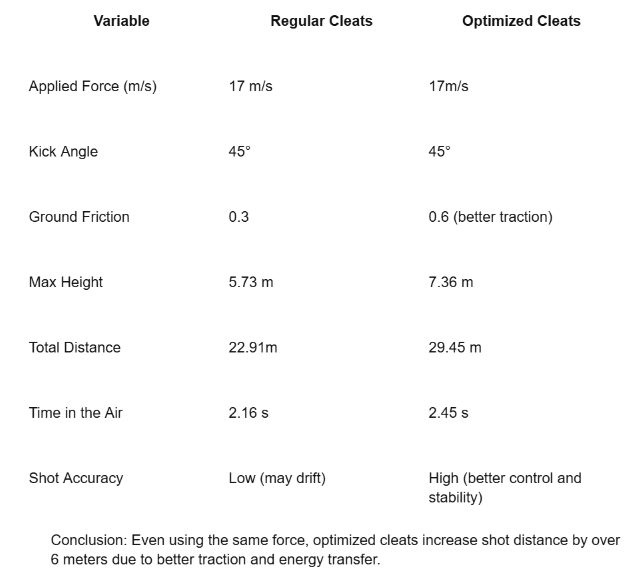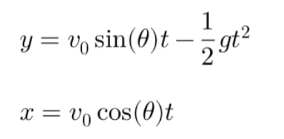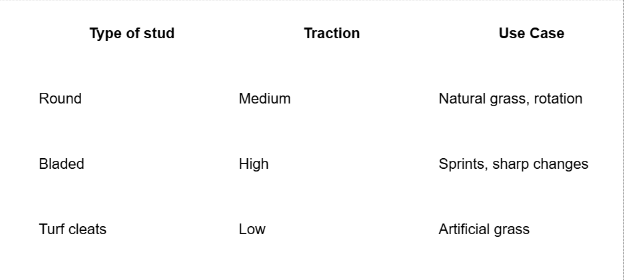SIMULATION
At NMT, every element of our sportswear is designed with performance in mind — but also backed by science. Our cleats (guayos) aren’t just stylish; they are engineered to optimize the trajectory of a soccer ball, especially in parabolic motion.
When an athlete kicks the ball using our cleats, the enhanced grip and angle design increase the efficiency of the force applied, improving the initial velocity and launch angle — two key variables in projectile motion. Compared to regular shoes, NMT cleats reduce energy loss and provide better traction, which allows the player to apply greater force without slipping, leading to a longer and more accurate trajectory.

2D and 3D Motion in the Game
Parabolic Motion (ball trajectory when kicked)![]()
Where: 
Cleats help by allowing proper foot angle and traction for accuracy and height.
Force and Friction
Friction between cleats and grass is essential for balance and direction changes.
Traction force (Ft):

Where:

Comparison of studs

Altitude and Air Density
At high altitude (e.g. Bogotá), air density is lower, affecting ball motion

References
Horowitz, B. T. (2022, September 19). Classify this Robot-Woven sneaker with 3D-Printed soles as “Footware.” IEEE Spectrum. https://spectrum.ieee.org/adidas-futurecraft-3d-printed-robot-woven-sneaker#:~:text=Beginning%20with%20a%203D%2Dprinted,to%20the%20athlete%27s%20specific%20gait
Kuleyin, H. (2025). Characterization of thermal, chemical, mechanical, and fatigue behavior of 3D printed ABS-based elastomeric blends: ABS/EVA and ABS/TPU. ScienceDirect, 145, 108763.
StarTalk. (2023, January 18). Physics of The 2022 World Cup with John Eric Goff - StarTalk Sports Edition. StarTalk Radio Show by Neil deGrasse Tyson. https://startalkmedia.com/show/physics-of-the-2022-world-cup-with-john-eric-goff/